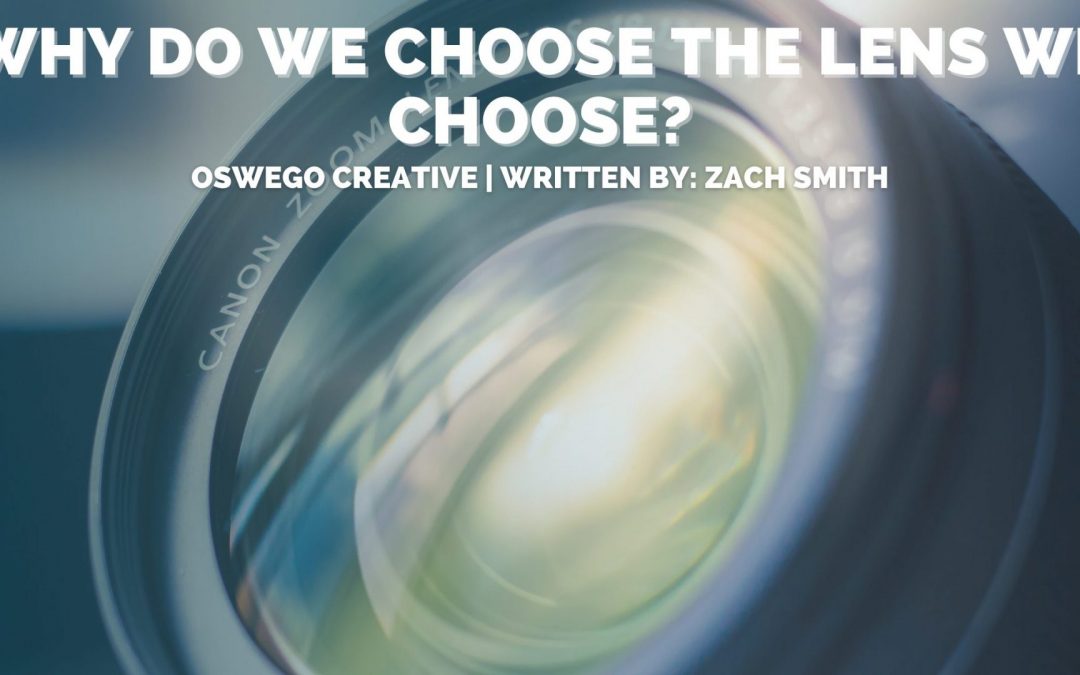Filmmaking and cinematography is, in its essence, storytelling. It’s how we choose to tell those stories that makes it a creative and artistic endeavor. How you choose to present your imagery to your audience will determine how they emotionally, consciously or subconsciously, digest the content. Like a painter choosing their paintbrush, we choose which lens will most effectively capture the desired composition to best tell the story. While it is important to understand the many technical aspects of how a lens works and what lens does what, I would like to put an emphasis on how you can use that technical knowledge to make more artistic compositional choices.
What is a Prime lens?
A prime lens is a lens with one focal length i.e. 24mm, 35mm, 50mm, etc. The benefit of a prime lens is that typically they are faster. What do I mean by “faster”? A lens is referred to as fast when it has a lower f-stop or wider aperture, which is the opening that allows light to pass through the lens.
 It is said to be “faster” because it allows you to shoot at a faster shutter speed. This term originates from still photography rather than video since, for video recording, the shutter speed is usually determined by the frames per second being recorded.
It is said to be “faster” because it allows you to shoot at a faster shutter speed. This term originates from still photography rather than video since, for video recording, the shutter speed is usually determined by the frames per second being recorded.
Prime lenses can commonly be found with an f-stop of F1.2 or F1.4 where some of the fastest zoom lenses are a F2.8. One of the main benefits of a faster lens for cinematography is that it enables proper exposure in lower light situations because of the increased amount of light allowed through the lens via the wider aperture. Another pro of using a lens with a wider aperture is that it produces a shallower depth of field. Meaning, the plane of focus is thinner resulting in more focus separation between the subject and everything else.
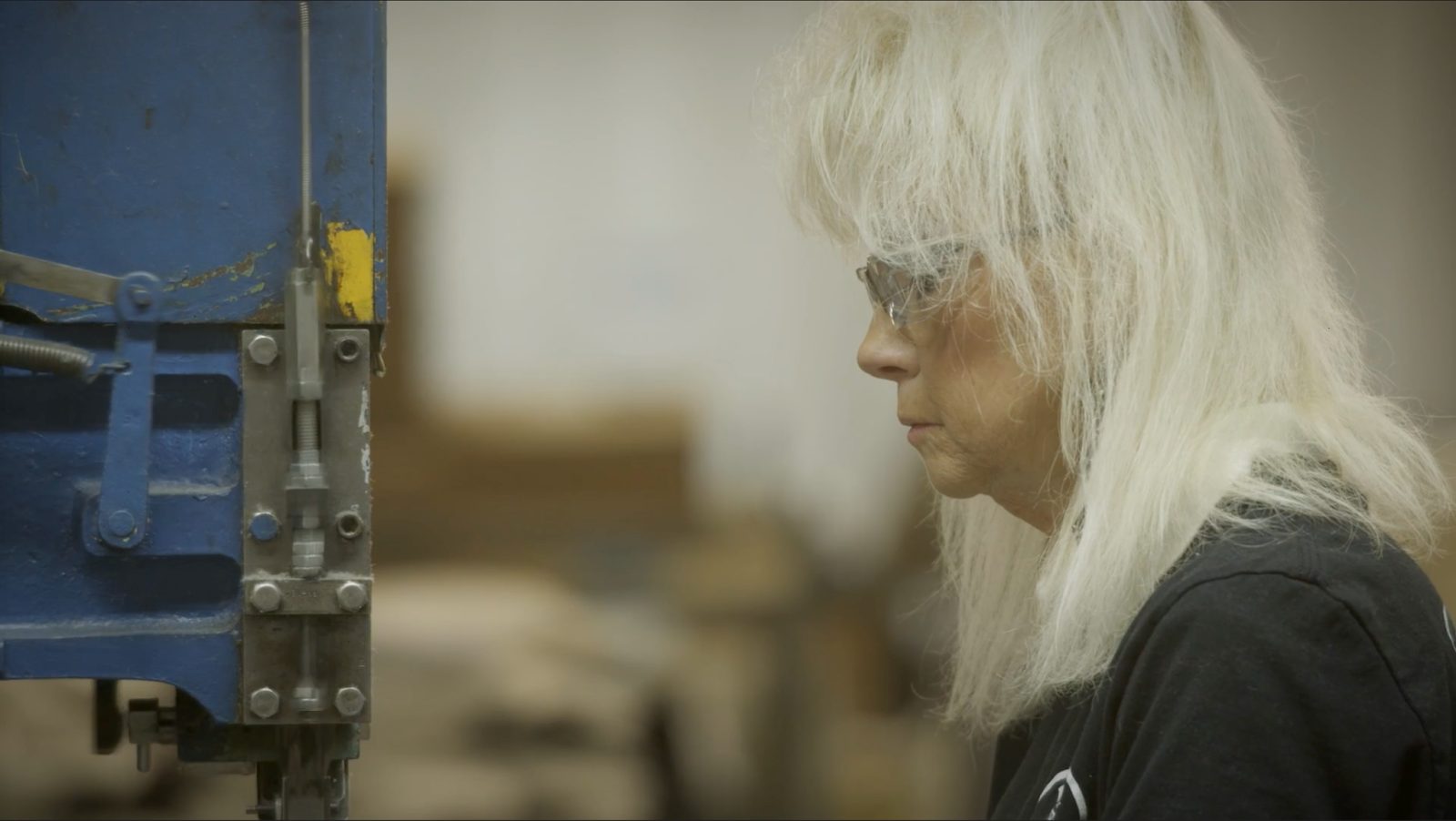 Prime lenses are great for shots that are locked off on a tripod or when we are using some sort of external stabilization like a gimbal or slider because, in most cases, prime lenses are not internally stabilized. Therefore, a prime lens is not always the best choice. In a more “run and gun” or handheld situation where the subject is moving around a lot and there are multiple points of action that I am trying to capture, I would choose a stabilized zoom lens.
Prime lenses are great for shots that are locked off on a tripod or when we are using some sort of external stabilization like a gimbal or slider because, in most cases, prime lenses are not internally stabilized. Therefore, a prime lens is not always the best choice. In a more “run and gun” or handheld situation where the subject is moving around a lot and there are multiple points of action that I am trying to capture, I would choose a stabilized zoom lens.
What is a Zoom lens?
A zoom lens is a lens with a focal range or multiple focal lengths in one lens, such as a 24mm-105mm or a 70mm-200mm. Zoom lenses are, more often than not, internally stabilized which makes them great for handheld shooting. Zoom lenses provide a lot of versatility and allow a cinematographer to quickly switch from capturing a wide shot to a close up shot without having to drastically change their position or get in the way. This means I am able to efficiently capture more shot variety and that I am not missing shot opportunities due to the limitations of my lens. It is important to choose the right tool for the right environment.
Wide Lens vs Long Lens.
Now that I’ve covered prime vs zoom lenses we can talk about wide vs long lenses. The differentiating technical attributes between these types of lenses is easy to understand but how and why to utilize them is where the art and creativity comes in. A lens like a 24mm is going to have a wide field of view while a lens with a 200mm focal length is going to be a much narrower, compressed view. A long lens or telephoto lens provides the opportunity to capture subjects that are farther away. A very common situation we find ourselves in on active construction sites is that our subject is in a zone that we cannot access due to safety protocols. We then use a long lens to get the shots we want without putting ourselves in danger. Longer lenses are also great for capturing those close up shots that will really showcase something specific.
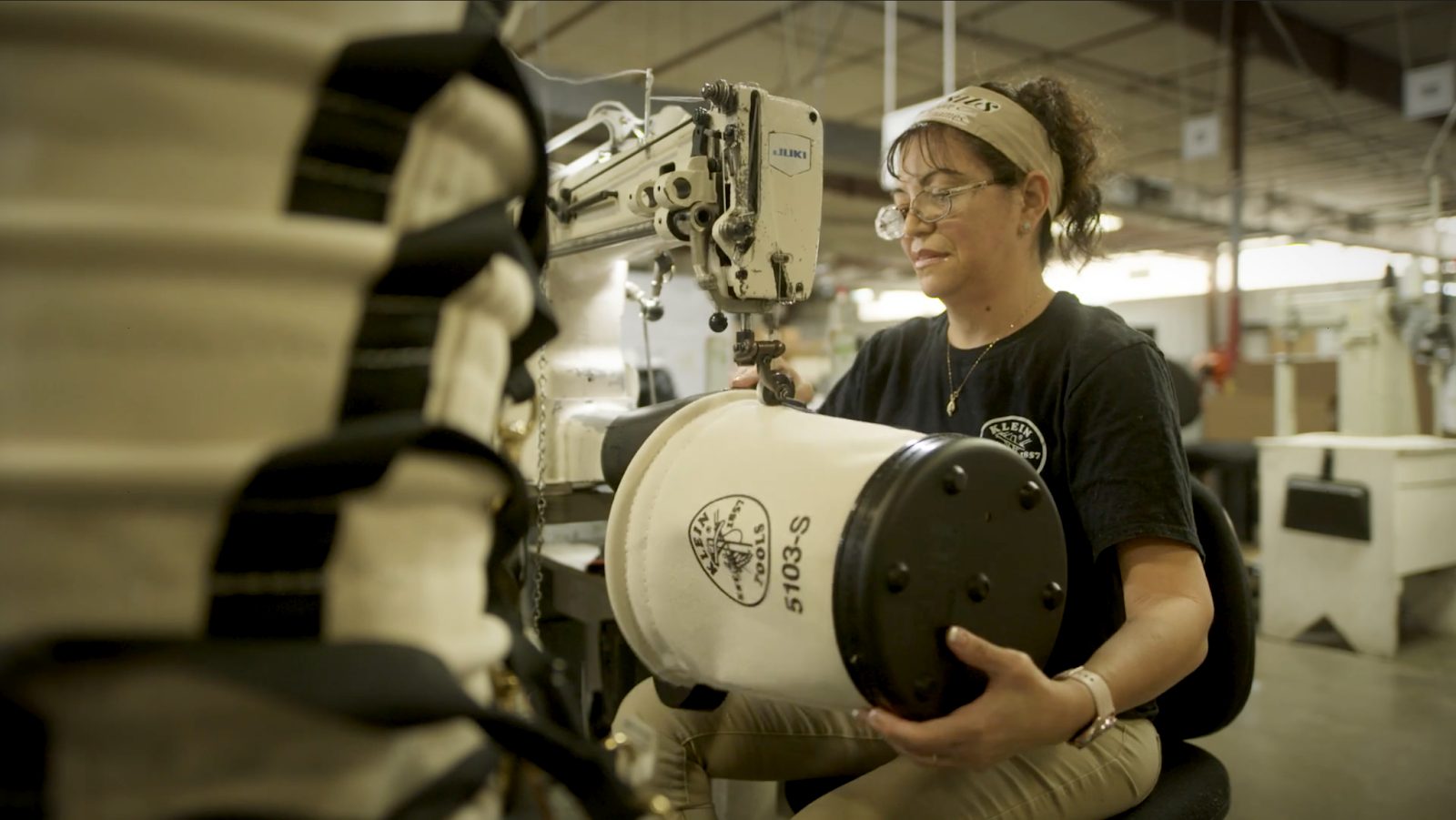
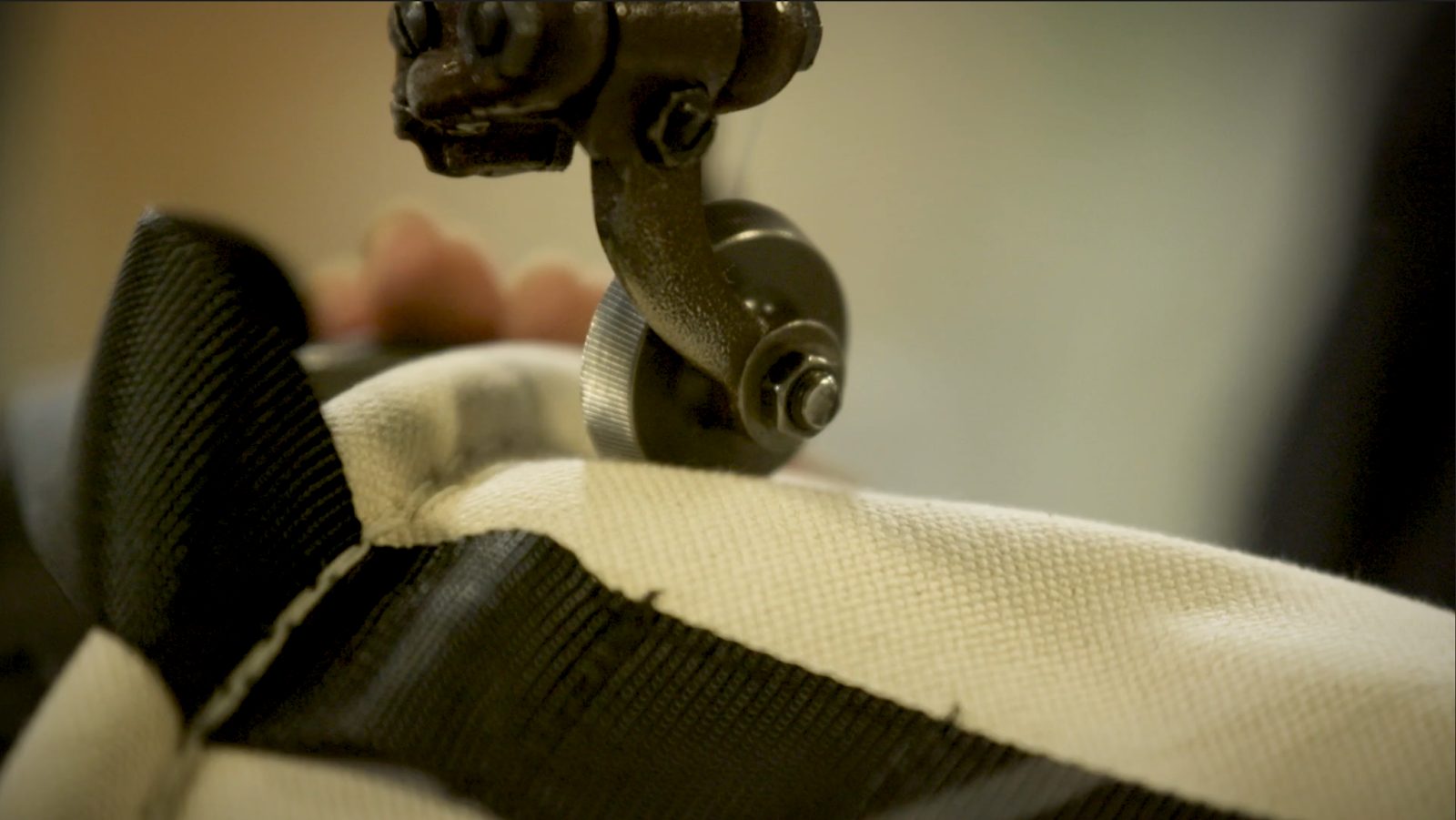
Wide lenses simply allow you to see more. Wide shots are great for establishing a scene or location or for letting the audience see where we are which will give context to the story and the subject. Wide lenses are also a great tool for injecting some exaggeration of scale. Many real estate photographers and videographers will utilize a wide lens to make spaces feel bigger and to capture more of a space in one shot.
A great way to utilize both of these lenses in the same scenario is during an interview. Setup one camera on a wider lens and another on a longer lens, giving you one wide shot and one close up shot. This not only gives you two angles to cut between in the edit but also provides two different feeling shots. The wider lens is going to provide more spatial context, allowing the viewer to see more of the subject’s environment and the subject themselves. The wide shot will capture more of the subject’s body language and let the audience associate the subject with their environment while the close up shot will be focused on their facial expressions. The longer, close up shot will feel more intimate with the subject and is a good cut away for any emotional bits that may come out during the interview.
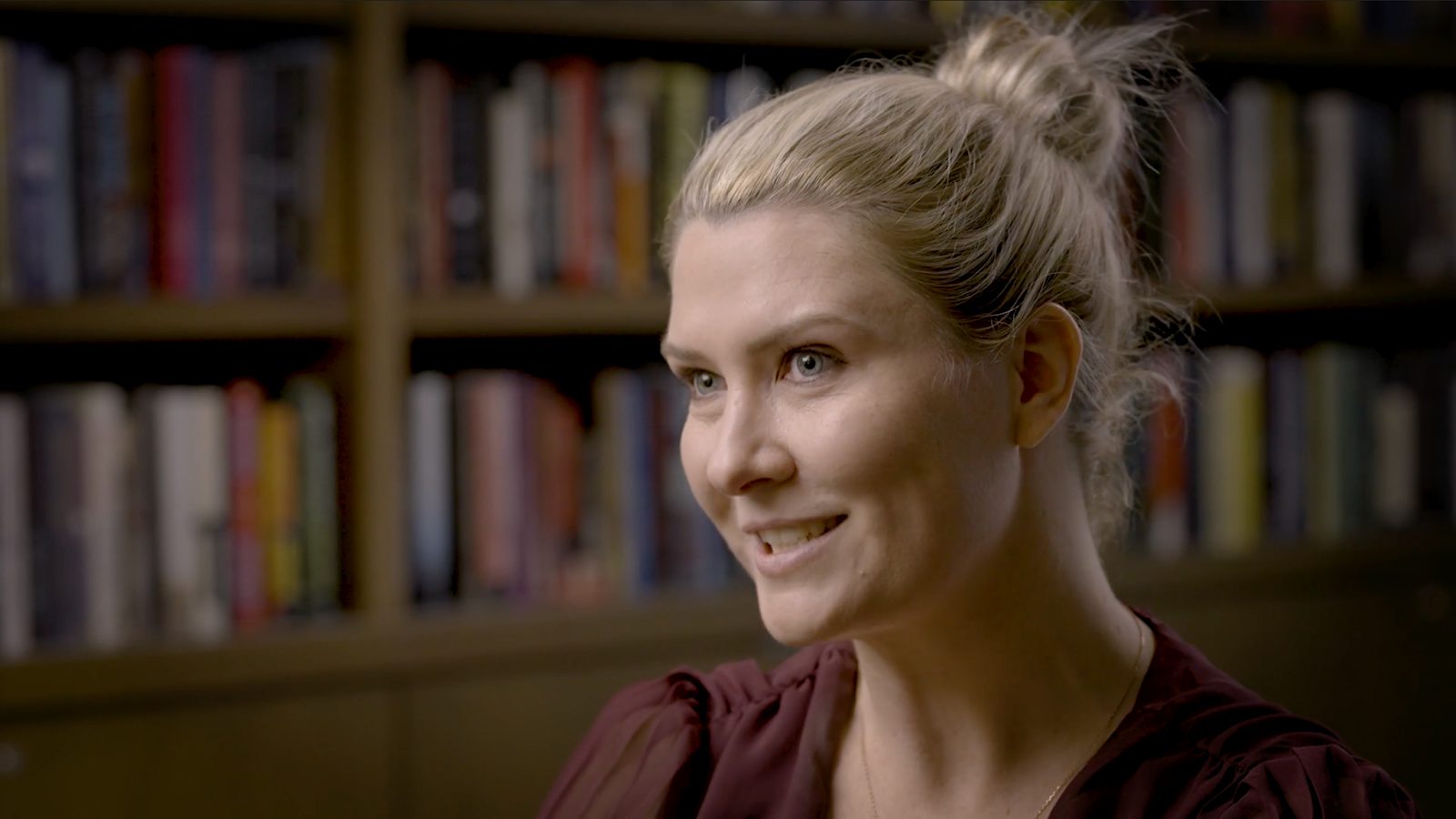
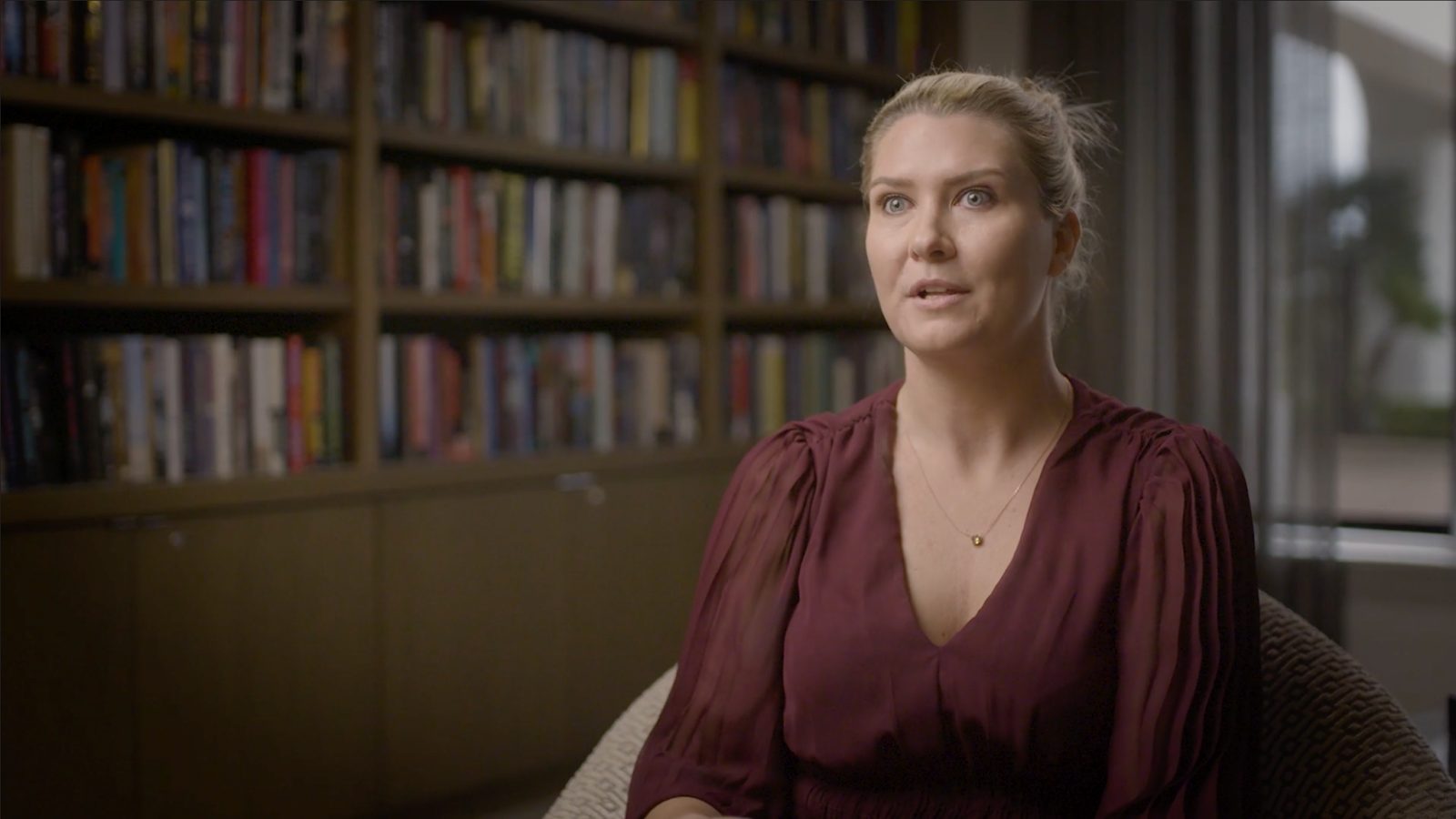
Filmmaking is all about telling a story and the story is paramount. I like to think about every shot as having its own micro story that, when put together by our amazing post production team, becomes the whole story. I determine what the story of each shot is by asking myself, “What is the purpose of the shot, what is the subject, what do I want the audience to focus on and how will it work within the whole piece?” Once those questions are answered, I can make a more informed decision on my composition and which lens I can best achieve my vision with. A cinematographer’s job is to figure out the most effective way to display what we want the audience to see. When we choose our composition we are saying “Hey! Look at this.” We want to be purposeful and creative in those choices to produce something worth watching.
